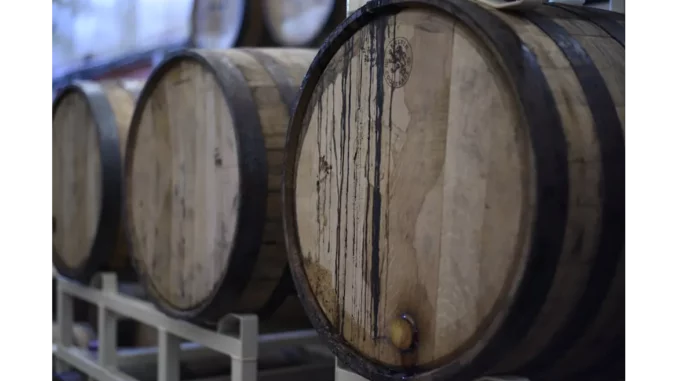
In the heart of bustling London, tucked away from the noise of the city, I had the pleasure of sitting down with Claudia Bennett, a seasoned wine enthusiast and consultant, to delve into the art and science of wine storage. As it turns out, storing wine isn’t just a matter of finding a dark corner in the basement; it’s a delicate balance of temperature, humidity, and patience. Claudia’s insights, drawn from years of experience, unravel the complexities of why a good wine can turn divine or disastrous, depending on how it’s kept.
Understanding the Basics
Claudia began our conversation by emphasising the importance of understanding that not every wine is meant to be aged. “While it’s true a fine wine can get better with age, chances are what you’re storing shouldn’t be left there indefinitely,” she explained. “Most new world wines or less expensive bottles are crafted to be enjoyed relatively young, within a few years of their vintage.”
With a warm smile, she added, “It’s crucial to familiarise oneself with the types of wines in your collection and their ideal storage durations. Generally, reds can last anywhere from 2 to 10 years, while whites are best consumed within 2 to 3 years. Storing wine beyond its prime doesn’t just affect taste; it’s also a missed opportunity to enjoy it at its best.”
Temperature: The Silent Keeper of Quality
Claudia’s eyes lit up as she spoke about temperature—perhaps the most crucial element in wine storage. “Ideal storage temperature hovers around 55 degrees Fahrenheit,” she noted. “However, it’s not just about the number; consistency is key. Fluctuations can lead to expansion and contraction of the liquid, potentially jeopardising the integrity of the cork and allowing air in.”
She explained how excessive heat can prematurely age wine, making flavours and aromas fall flat, while too much cold can strip it of its character. “Wine coolers are fantastic for maintaining that steady climate, especially if you’re managing both reds and whites. They eliminate much of the guesswork.”
Humidity and Light: The Unsung Heroes
As we delved deeper, Claudia highlighted the often-overlooked aspects of humidity and light. “Aim for a humidity level between 50 and 80 percent,” she advised. “This keeps corks moist and prevents oxidation. But be careful—a humid environment can also damage labels, which is important if you’re showcasing your collection.”
She further explained how light, particularly UV rays, can be detrimental. “Most bottles come with tinted glass to shield against light, but it’s best to store them in a dark place. Direct sunlight or harsh indoor lighting can accelerate ageing.”
The Art of Minimal Disturbance
Continuing her guidance, Claudia touched upon the often-missed detail of movement. “Wine is sensitive to vibrations,” she warned. “Whether it’s from kitchen appliances or frequent handling, these movements can disturb the sediments and speed up chemical reactions. Find a quiet, stable spot for your bottles, away from heavy traffic areas.”
Practical Tips for Opened Bottles
What about the half-consumed bottles that often linger longer than intended? Claudia chuckled, sharing that even wine enthusiasts face this dilemma. “Once opened, white wines should ideally be recorked and refrigerated, lasting up to five days. Reds don’t necessarily need refrigeration but should be kept in a dim, cool spot. Reducing air exposure by transferring the wine to a smaller bottle can extend its life slightly,” she suggested.
Evaluating Storage Options
Finally, Claudia guided me through various storage options. For those without the luxury of a wine cellar, simple wine racks or coolers suffice. “Wine shelving units are cost-effective and work well in a suitable environment,” she said. “For those looking to showcase their collection, wine coolers with glass doors can be both functional and attractive.”
As our conversation wound down, Claudia offered one last piece of advice: “Evaluate the space you have and the wines you wish to store. By paying attention to these details, you ensure every bottle is a potential masterpiece waiting to be uncorked.”
In essence, Claudia Bennett’s insights turned what many consider a mundane task into an art form. Proper wine storage, as she illustrated, is about respecting the journey each bottle undergoes from vineyard to cellar. With her guidance, it’s clear that with a little care and attention, anyone can ensure their collection remains as vibrant as the day it was bottled.
Fabrice Fèvre


Be the first to comment